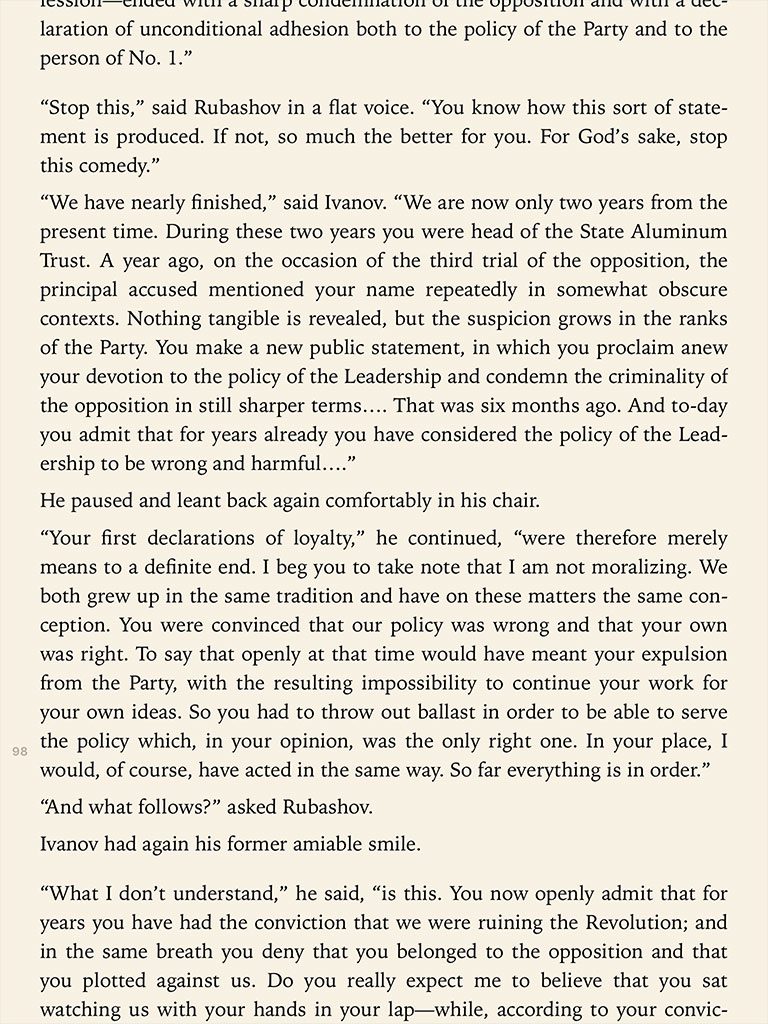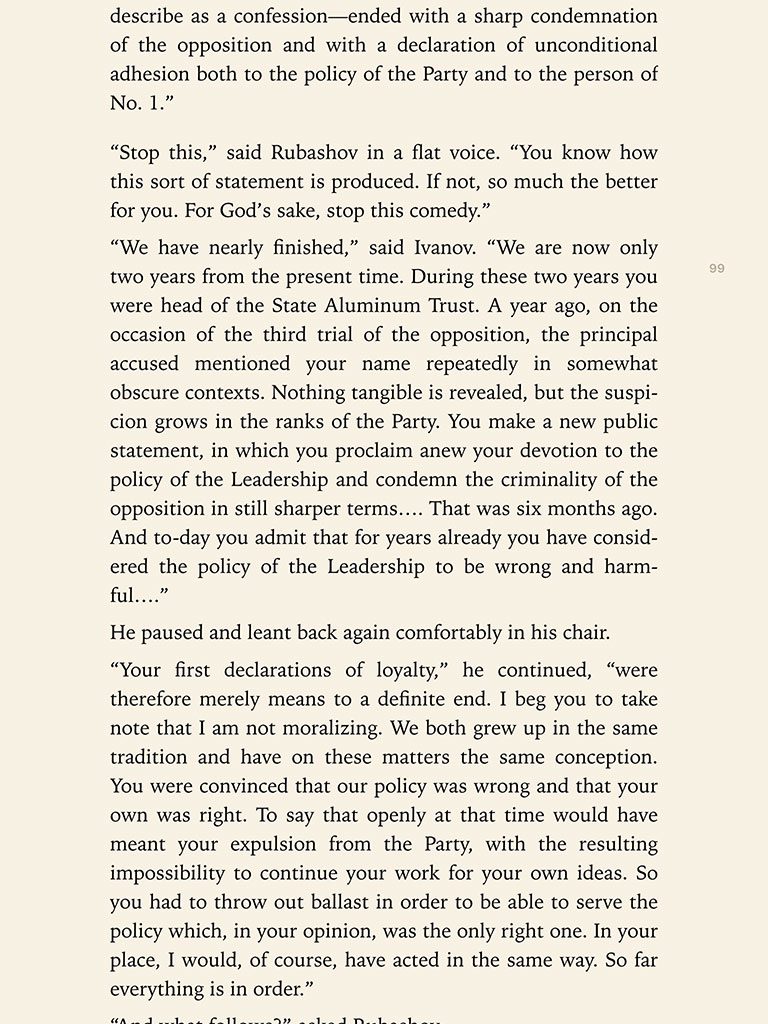HomePod – More Than a Speaker + Siri
Over in the r/apple subreddit, u/Arve highlights an interesting thread in the r/audiophile subreddit concerning what’s under the hood in Apple’s new Siri-enabled HomePod:
There is one comment from that thread I’d like to highlight:
- They’re using some form of dynamic modeling, and likely also current sensing that allows them to have a p-p excursion of 20 mm in a 4″ driver. This is completely unheard of in the home market. You can read an introduction to the topic here. The practical upshot is that that 4″ driver can go louder than larger drivers, and with significantly less distortion. It’s also stuff you typically find in speakers with five-figure price tags (The Beolab 90 does this, and I also suspect that the Kii Three does). It’s a quantum leap over what a typical passive speaker does, and you don’t really even find it in higher-end powered speakers
- The speaker uses six integrated beamforming microphones to probe the room dimensions, and alter its output so it sounds its best wherever it is placed in the room. It’ll know how large the room is, and where in the room it is placed.
- The room correction applied after probing its own position isn’t simplistic DSP of frequency response, as the speaker has seven drivers that are used to create a beamforming speaker array,. so they can direct specific sound in specific directions. The only other speakers that do this is the Beolab 90, and Lexicon SL-1. The Beolab 90 is $85,000/pair, and no price tag is set for the Lexicon, but the expectation in the industry is “astronomical”.
Lots of people online are calling it overpriced because they think Apple just slapped a bunch of speakers in a circular configuration and added Siri, but the engineering behind it is extremely audiophile niche stuff. And it does this all automatically with no acoustical set up or technical know how. And even if you are obsessive about your existing tuned audio set up, just think of how much better enthusiast stuff will become once this kind of technology becomes the accepted mainstream baseline for speakers.
So Apple has included a technology in HomePod only found in $85K speakers.
Details like this make the differences between Apple and Amazon crystal clear.
The fact that both HomePod and Echo both have integrated AI assistants is where the comparisons end. The purpose of the Echo is to make it easier to order more things from Amazon. Apple has nothing analogous to Amazon’s megastore, so it needs to be something more than a “good enough” speaker you can order shit from.
via Twitter

